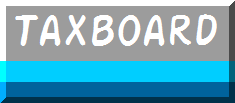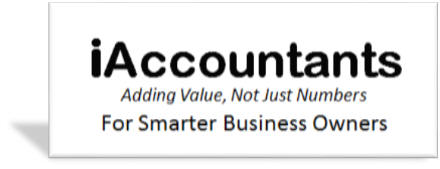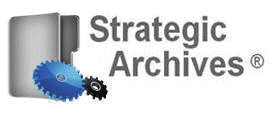Business And Financial Wisdom You Can Put To Work

Finance

Break even points are a
fundamental concept in business and every business owner must know
theirs.
The break even point is the sale amount or unit numbers sold revenues
cover all costs. With a little manipulation, you can include a desired
profit, re investment requirements, and loan pay downs in the equation,
and determine what level of sales are required to achieve these goals
In order to find the break even point, first assemble the following
information.
Fixed expenses
These are costs that do not change with the volume of activity. These
include for example, rent, lease payments, fixed salaries etc. To this
you would also add desired profit, re investment requirements,
additional loan pay downs and any other items you want to look at paying
once break even has been achieved.
It is important to note that costs are fixed only over what is called a
relevant range. What this means is that after a certain amount of
activity, you have to add capacity in order to produce additional units.
Bigger facilities, more people, additional debt and more might be
required to support an increase in activity.
Variable expenses
These are costs that vary with the volume of units produced. These
include, for example, direct costs such as materials, supplies, direct
production wages etc. Note that some cost include both fixed and
variable components. Segregate those the best you can.
Contribution margin per unit
This is the sales price per unit less the variable expenses per unit.
Breakeven calculation
Break even units = fixed expenses/contribution margin per unit

This makes sense right? Basically what it says that there is a direct
cost related to every item sold, which leaves you a "raw profit
per item", what we here called a "contribution margin". This profit per
item is only that though. There are other costs not directly related to
the item sold which must also be covered before the business itself is
profitable.
This calculation is a very powerful tool, and once you understand it,
you can see there is a lot more you can do with it.
You can for example analyze break even in terms of accounting income or
cash flow. Cash flow breakeven includes all non operating inflows and
outflows while accounting income break even excludes financing and
investment effects. Adding target profits to fixed costs gives you a
break even point that achieves that targeted profit.
For example:
Assume a sales price is $9.00 and a variable costs per unit of $4.25
Every item contributes $4.75 to profits. If your fixed costs are
$15,900, then the breakeven point is $15,900/$4.75 = 3,348 units
To achieve $4000 in profit for the owner, to re invest, and to pay down
debt, that would mean you would have to sell (15900+4000)/4.75 =
4,190 units.
See how powerful this equation is? It allows you to determine what sales
you need to achieve in order to earn what you need to pay all your
bills, have money to re invest, pay yourself a dividend, and leave some
profit in the company.
© 2015 John B Voorpostel CPA, CA, CMB
iaccountant.ca


Communities of Practice

Insights and Know How


TeamStart Publishes Trusted Business and Financial Wisdom
TeamStart is a registered trademark owned by Info L inc. Copyright to articles indicated in article. The rest is copyright © 2016 Teamstart and Info L inc.